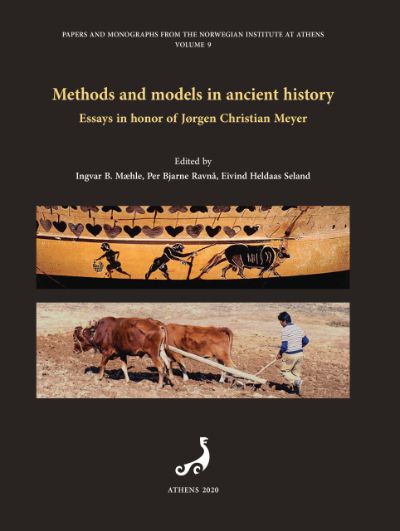Abstract
This article addresses the change in reference to ‘his wife’ from hmt.f to snt.f and argues that this change was a consequence of larger ideological developments within the solar-Osirian cycle of life. The article also examines how it is possible to get a more nuanced picture of Egyptian thinking with regard to women and transformation by analysing the representation of women in tomb paintings with a view both to the representation of the relationship between men and women in the paintings and to the relationship between the representations and their surroundings. By way of detailed analysis of four scenes—two from the tomb of Rekhmire (TT100) and two from the tomb of Ramose (TT55)—the article questions the argument that creation and rebirth was a male prerogative in ancient egypt, and instead points out that the potential life-giving force was not thought possible or sustainable without the manifestation and indeed participation of both the masculine and feminine elements. Furthermore, there was no single, all-inclusive strategy for reaching the afterlife: in addition to offerings of food and drink, the traditional husband-wife dualism and interaction with the gods, strong symbolism is also found in father-son, father-daughter, mother-son and mother-daughter relationships.
Read the full article here.
